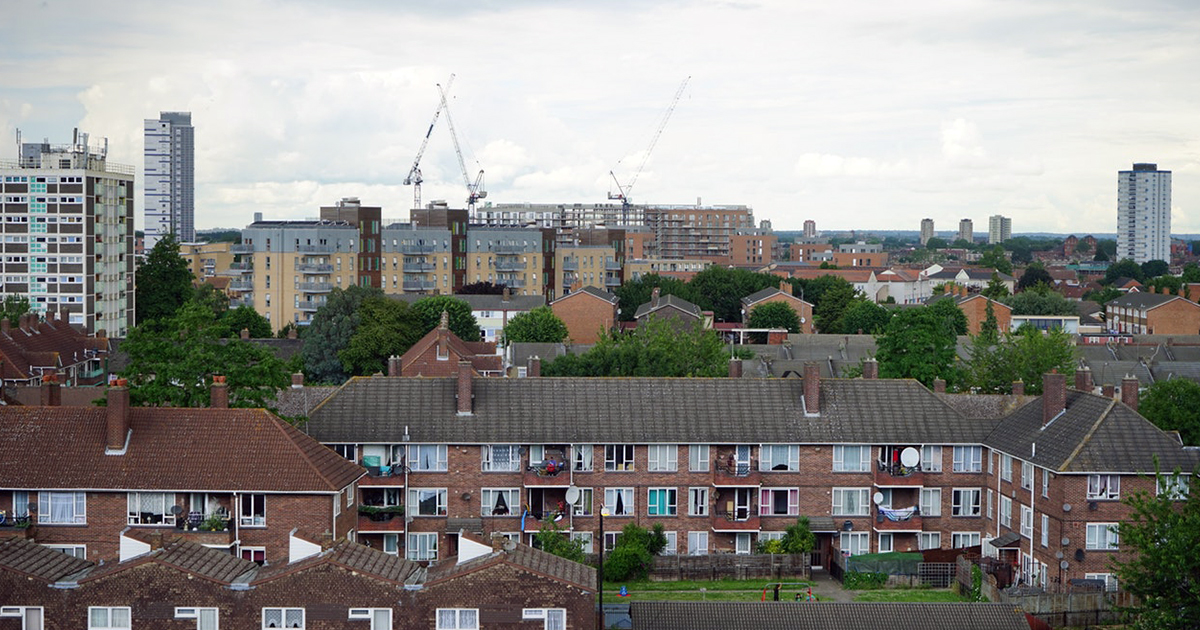In real estate, properties are typically labeled with one of four classifications: A, B, C, or D. While the order of the hierarchy is clear – A properties are the highest quality while D properties are the lowest, investors need more information to figure out a property’s potential as an investment.
So what does each classification mean, and how can investors use that information to their advantage?
Class A
These properties are brand new, top of the line homes. Most of us dream of living in houses like these; they have modern amenities, are located in great areas, and require little maintenance. If you choose to buy a class A property and hold it for rental income, you have a low risk of vacancy and can expect to charge a premium for rent.
However, the low risk and high value is offset by the price of the property. Additionally, there is little to no room for improvement in a class A property. While these properties can be valuable rentals (especially if you intend to hold them for a long time), they are not great choices for value-add fix and flip investments.
Class B
Just a step down from class A, class B properties are in good shape but aren’t flashy. These homes are getting older, but they haven’t lost all of their youthful charm. They will require some maintenance, but you won’t be spending an exorbitant amount of money on upgrades.
With class B properties, you are taking on a little more risk than class A properties because you probably need to spend some money to make money, but there is more room for improvement. These properties can be great for value-add investment and they have significant value as-is. Additionally, there is a chance the neighborhood will become more desirable and your property will increase in value as a result.
Class C
Class C properties are undeniably past their prime. They are typically a few decades old and require serious renovations; often, the systems and appliances are outdated and inefficient. To get the house up to market standards, you will also need to invest in significant cosmetic improvements.
It is possible to rent class C properties, but only for very low prices. While they are riskier than class A or B properties, class C properties can still be a great fix and flip investment opportunity for experienced investors – if the location is improving. Often, the neighborhoods that class C properties are located in are not attractive to wealthy homebuyers. If you are buying a class C home, make sure that the neighboring houses are class B or better to reduce the risk you are taking on.
Class D
If a property is rated class D, it is practically uninhabitable. At the very least, the home requires heavy structural improvements – often, the house needs to be gutted or demolished. Additionally, these properties tend to be located in dangerous, highly undesirable areas.
Investing in a class D property is highly risky and there is often little room for growth or improvement. Even if you are able to make the house livable and attractive, the area is probably not good enough to make a significant profit. Because of the poor location, these properties are typically difficult if not impossible to rent. If someone is willing to sign a lease, they’re not going to be willing to pay a premium rate. Unless the home is located among class C or class B properties, the cost of repair likely won’t justify the potential profit.
Although houses tend to be surrounded by similarly-classed properties, there are exceptions to the rule. As an investor, these exceptions are one of your best bets for a successful fix and flip. An ideal strategy is to find B buildings in A areas or C buildings in B areas, then fix them up a class and rent or sell. If you can manage to find a class C building in a class A neighborhood, you’re golden.
When you’re choosing your next investment property, think about how you would classify the property and its neighbors. Factor those classifications into your decision to purchase, as well as your choice of investment strategy.







0 Comments